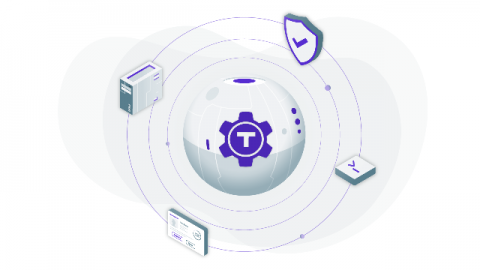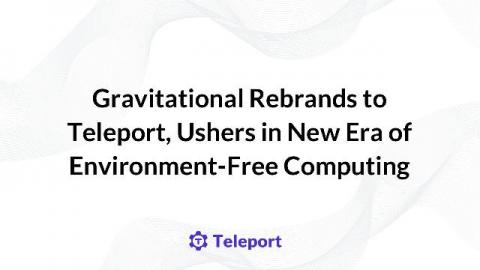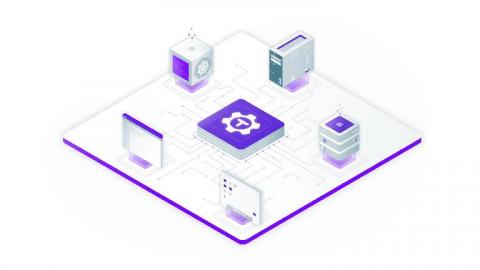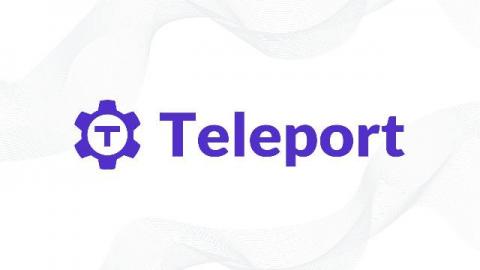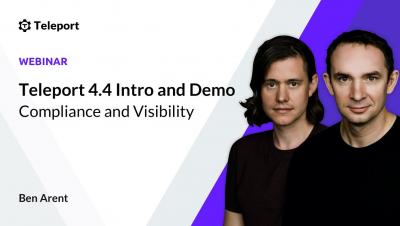Introducing Teleport Cloud
This blog post marks an important milestone for us! Just four years ago, as we grew frustrated with the state of SSH server access, Teleport was born. Eventually it grew way bigger than just SSH access, as our users want to use the same access workflow for all layers of their stacks. And today we’re announcing another way to use Teleport: as a hosted offering. Let’s dig deeper!


